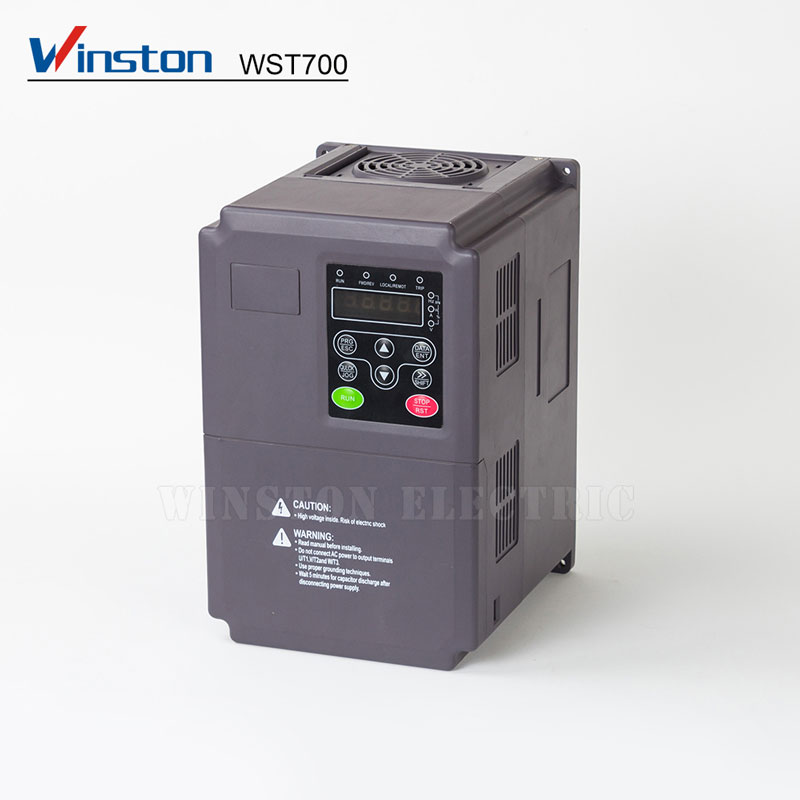Many industrial and municipal operations use motors for pumps, conveyors, or compressors—but knowing when to add a frequency converter can be unclear. This article breaks down key scenarios where it’s a practical choice, focusing on real needs to guide your decision.
Water treatment plants often need to adjust pump flow to match water usage—whether it’s peak hours with high demand or off-peak times with lower consumption. Too much flow wastes energy, too little causes pressure issues. A frequency converter tweaks motor speed for real-time needs, no inefficient fixes like throttling valves.
Manufacturing or logistics conveyors move fragile goods that need slow speeds and heavy crates that require faster throughput alike. A frequency converter simplifies speed changes to keep products intact and operations efficient, no manual motor reconfiguration.

Motors that run nonstop—like factory ventilation fans, industrial pumps, or HVAC systems—equipment that often operates from morning to night without long breaks—use lots of energy. Traditional fixed-speed motors waste electricity by running at full power even when demand drops. A frequency converter matches speed to actual load, cutting energy use during low-demand periods.
Large motors like those for industrial compressors or municipal water pumps create sudden current surges when starting. This surge wears down motor parts such as bearings and windings over time and can even lead to unexpected downtime for repairs. It also disrupts electrical grids, causing voltage drops for other equipment.
A frequency converter ramps up speed gradually instead of full-power startup. This extends motor lifespan and keeps other critical systems running smoothly.
Packaging machines handle varying batch sizes—fixed-speed motors overwork or underperform here, leading to overheating, product defects, or delays in production schedules. A frequency converter adjusts output in real time to match batch needs.
Equipment like concrete mixers deals with different material thicknesses. Fixed-speed motors struggle with these changes, slowing down work and affecting project timelines. A frequency converter aligns motor output with material needs, reducing breakdown risks.
Choosing a frequency converter depends on your operational needs: flexible speed control, better energy efficiency, startup protection, or handling variable loads. It solves real problems without unnecessary complexity, fitting how your equipment works.
To explore reliable options for these scenarios, visit our Frequency converter product page for details tailored to industrial and municipal applications.
GET A QUOTE